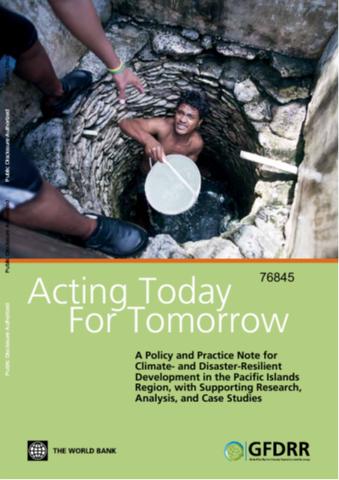Integrated Approach to Crop Genetic ImprovementF
[Formula: see text] [ Martin A. J. Parry ] The balance between the supply and demand of the major food crops is fragile, fueling concerns for long‐term global food security. The rising population, increasing wealth and a proliferation of non‐food uses (e.g. bioenergy) has led to growing demands on agriculture, while increased production is limited by greater urbanization, and the degradation of land. Furthermore, global climate change with increasing temperatures and lower, more erratic rainfall is projected to decrease agricultural yields.



